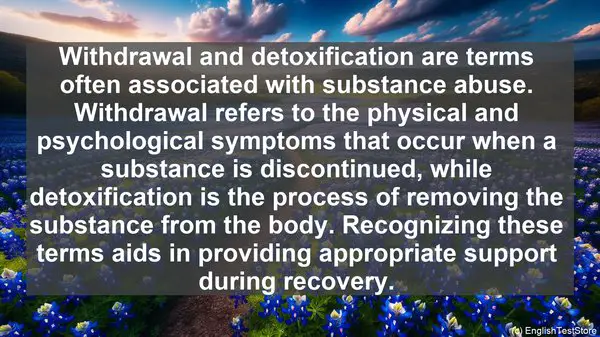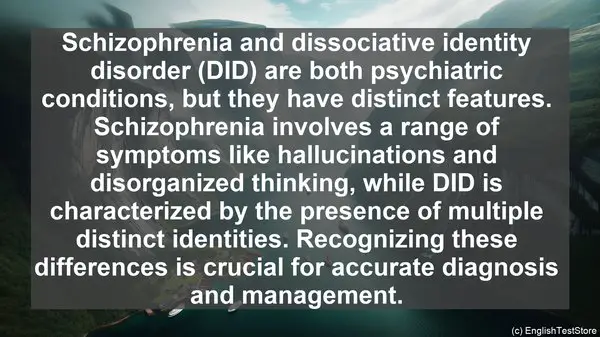Introduction
Welcome to today’s lesson, where we’ll be diving into the world of psychiatric nursing. As students, it’s essential to have a firm grasp on the terminology used in this field. However, there are several words that often cause confusion. Today, we’ll be highlighting the top 10 commonly confused words in psychiatric nursing, ensuring you’re well-equipped for your future career.

1. Delusion vs. Hallucination
Delusion and hallucination are two terms that are often used interchangeably, but they have distinct meanings. A delusion is a fixed, false belief, while a hallucination is a sensory perception without any external stimulus. Understanding the difference between these two is crucial in assessing and providing appropriate care for patients.
2. Bipolar Disorder vs. Borderline Personality Disorder
Bipolar disorder and borderline personality disorder are both mental health conditions, but they differ in their presentation. Bipolar disorder is characterized by extreme mood swings, while borderline personality disorder involves unstable relationships, self-image, and emotions. Recognizing these differences is vital for accurate diagnosis and treatment planning.
3. Anxiety vs. Panic
Anxiety and panic are often used interchangeably, but they have distinct features. Anxiety is a general feeling of unease, while a panic attack is a sudden, intense surge of fear. Knowing the difference helps in providing appropriate interventions during these episodes.
4. Euphoria vs. Mania
Euphoria and mania are terms used to describe heightened mood states, but they differ in intensity and duration. Euphoria is a temporary state of intense happiness, while mania is a prolonged, often disruptive, elevated mood seen in conditions like bipolar disorder. Recognizing these differences aids in accurate assessment and management.
5. Obsession vs. Compulsion
Obsessions and compulsions are common in conditions like obsessive-compulsive disorder (OCD). An obsession is a persistent, intrusive thought, while a compulsion is a repetitive behavior aimed at reducing anxiety. Understanding these terms helps in formulating effective treatment strategies.
6. Schizophrenia vs. Dissociative Identity Disorder
Schizophrenia and dissociative identity disorder (DID) are both psychiatric conditions, but they have distinct features. Schizophrenia involves a range of symptoms like hallucinations and disorganized thinking, while DID is characterized by the presence of multiple distinct identities. Recognizing these differences is crucial for accurate diagnosis and management.
7. Agitation vs. Aggression
Agitation and aggression are often used interchangeably, but they have different meanings. Agitation refers to a state of restlessness or irritability, while aggression involves hostile or violent behavior. Differentiating between these terms is essential in managing challenging behaviors.
8. Antidepressant vs. Antipsychotic
Antidepressants and antipsychotics are medications used in psychiatric care, but they have different indications. Antidepressants are primarily used to manage depression, while antipsychotics are prescribed for conditions like schizophrenia. Understanding these distinctions is vital in medication management.

9. Withdrawal vs. Detoxification
Withdrawal and detoxification are terms often associated with substance abuse. Withdrawal refers to the physical and psychological symptoms that occur when a substance is discontinued, while detoxification is the process of removing the substance from the body. Recognizing these terms aids in providing appropriate support during recovery.
10. Paranoia vs. Delirium
Paranoia and delirium are both altered mental states, but they have different causes. Paranoia involves unfounded, excessive suspiciousness, while delirium is a state of acute confusion often seen in medical conditions. Differentiating between these terms is crucial in determining the underlying cause and providing appropriate care.
